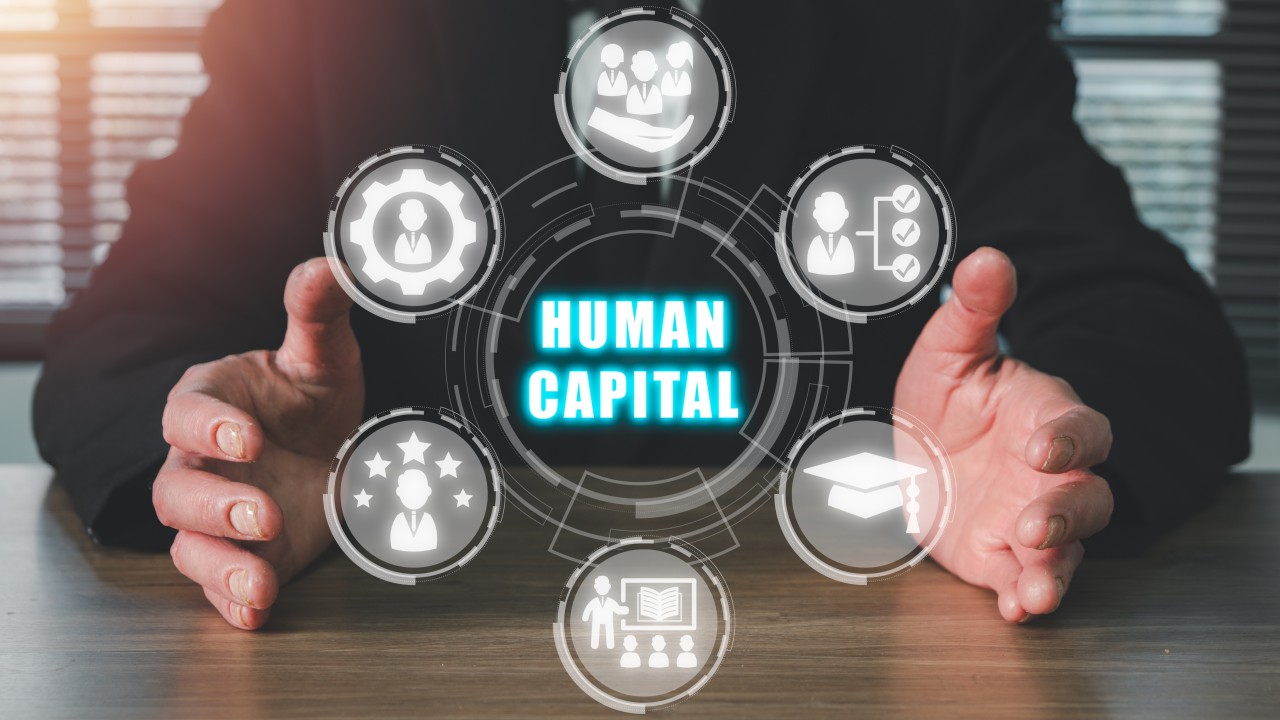In today's rapidly evolving business landscape, organizations are increasingly recognizing that their most valuable asset isn't their technology, infrastructure, or even their intellectual property—it's their human capital. The people who make up an organization bring unique skills, experiences, and perspectives that drive innovation, productivity, and growth.
The Foundation of Organizational Success
Human capital represents the collective knowledge, skills, and abilities of an organization's workforce. It's not just about having bodies in seats; it's about cultivating a workforce that is engaged, motivated, and aligned with organizational goals. When organizations invest in their human capital, they're investing in their future success.
Key Components of Human Capital Management
Effective human capital management involves several critical components:
- Talent acquisition and retention strategies
- Professional development and training programs
- Performance management systems
- Employee engagement initiatives
- Workplace culture and environment
- Leadership development
- Succession planning
The Impact of Investing in Human Capital
Organizations that prioritize human capital development often see significant benefits:
- Increased employee satisfaction and retention
- Higher productivity and innovation
- Better customer service and satisfaction
- Stronger organizational culture
- Improved financial performance
- Enhanced competitive advantage
Challenges in Human Capital Management
Despite its importance, managing human capital effectively presents several challenges:
- Balancing short-term costs with long-term benefits
- Measuring the ROI of human capital investments
- Adapting to changing workforce demographics and expectations
- Maintaining consistency across different departments and locations
- Addressing skill gaps and development needs
Best Practices for Human Capital Management
To maximize the value of human capital, organizations should:
- Develop comprehensive talent management strategies
- Create clear career development paths
- Implement effective communication channels
- Foster a culture of continuous learning
- Recognize and reward employee contributions
- Provide opportunities for growth and advancement
- Maintain work-life balance initiatives
The Future of Human Capital Management
As we look to the future, human capital management will continue to evolve with:
- Greater emphasis on employee experience
- Integration of technology in HR processes
- Focus on diversity, equity, and inclusion
- Adaptation to remote and hybrid work models
- Increased importance of soft skills and emotional intelligence
- Personalized learning and development approaches
Conclusion
Human capital is indeed not to be taken lightly. It's the foundation upon which organizations build their success and maintain their competitive edge. By investing in their people, organizations create a sustainable advantage that drives growth, innovation, and long-term success. The organizations that recognize and act on this truth will be the ones that thrive in an increasingly complex and competitive business environment.



